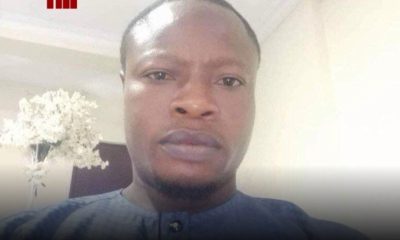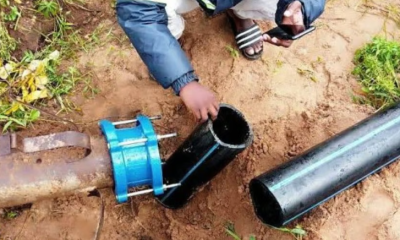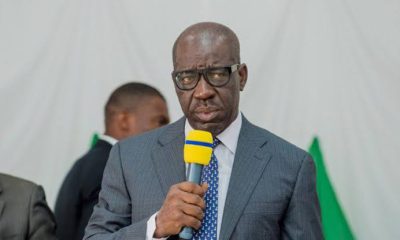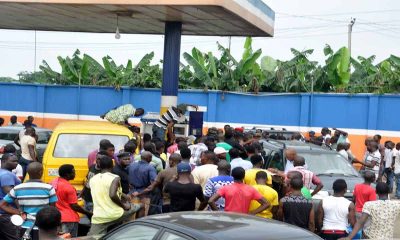Adam Rowland had a promising career, working with professional athletes on the PGA Tour and Premiership Rugby, splitting his time between the U.S. and the U.K.
He also was the fittest he’d ever been, Rowland told The Defender — until early 2021, when he received the two-dose primary series of the AstraZeneca COVID-19 vaccine.
Today, Rowland, 48, cannot work, cannot lie down, and experiences several conditions affecting everything from his heart health to his vision, including pericarditis, pulmonary embolisms, severe thrombotic vasculitis and vascular neuropathy.
He is now separated from his wife, misses most family events and was repeatedly told by doctors that his severe injuries were “all in his head” — bringing him to the brink of suicide.
Rowland, who provided extensive documentation supporting his claims, shared his story with The Defender in an exclusive interview.
Rowland had worked as a medical sports physiotherapist and stroke consultant for professional golfers for the previous 16-17 years.
READ ALSO: New details emerge on how Pfizer covered up COVID vaccine trial failures
“I was absolutely at the top of my career in professional sport,” he said, having worked on the PGA Tour with Jason Day and other high-profile golfers.
“I was working in America when COVID kicked off,” said Rowland, “and living quite a luxury lifestyle. And then, I decided to come back to the U.K. because obviously, I didn’t know when I’d be able to get back to the U.K. if I didn’t go then.”
The U.S. government gave Rowland special permission to return to the country and resume his employment. However, “Once the vaccination program kicked in, you had to be double vaccinated.”
It was during this time — before he got the vaccine — that Rowland said he was “even fitter than when I was 18,” because “any workout program I gave an athlete, I would try it myself” to determine firsthand how physically strenuous it was.
He said: “So, because of that, I exercised six or seven days a week … I was just so fit, I could row on the rowing machine 18 minutes, something around five kilometers. I could ride a 20K bike in under 30 minutes. At one stage I was running 5K in 21 minutes.”
READ ALSO: Mother sues doctor who gave kids COVID vaccines without consent
“Very quickly after being vaccinated, I started to get quite ill,” said Rowland. “I never got back to the U.S.” He continued working for six months after his first dose, but had to take a lot of time off from work because he was in the hospital.
Rowland’s symptoms began with a “fever like I’d never had before in my life,” he said. “I was in bed for four days.” The fever eventually subsided, he said, “but I felt very virally ill for a number of weeks. I started to notice horrendous pains down my left arm and my left leg. And my wife noticed I started to have fits in bed … they were basically non-epileptic fits.”
Rowland couldn’t get a face-to-face appointment with his doctor because of the pandemic, so he had to settle for a phone appointment. The doctor diagnosed him with “anxiety” and “said it was a panic attack” — not unlike what happened to other vaccine-injury victims, whose conditions also were chalked up to “anxiety.”
He’s been trying to get the text through private healthcare. Meanwhile, his doctors tell him they can see that he’s really ill, “but we don’t know how to make it better” because they don’t know what’s in the vaccines. They suggested he travel to Germany to receive specialist treatment.
The doctor urged him to go to London immediately for treatment. “So they took me down to London for a month and then they diagnosed me … they realized it was in all my organs. So it’s in my heart, my lungs … so they diagnosed me with multisystem inflammatory syndrome.”
Rowland also experiences blurred vision and struggles to type and write because of the neuropathy in his hands and because he can’t straighten some of his fingers.
Most days, he has to “live within the four walls of the house,” he said. “And then occasionally, when I’m on a good day, a friend might come and pick me up and take me for a drive to a nearby coffee shop and have a coffee. That’s about the most pleasure I’m getting in my life. I can’t walk my dog anymore. I can’t take my grandson to the park to push him on the swing.”

 Crime1 day ago
Crime1 day ago
 Featured1 week ago
Featured1 week ago
 Crime1 week ago
Crime1 week ago
 Editorial5 days ago
Editorial5 days ago
 Business7 days ago
Business7 days ago
 Agribusiness3 days ago
Agribusiness3 days ago
 Business4 days ago
Business4 days ago
 Featured4 days ago
Featured4 days ago

